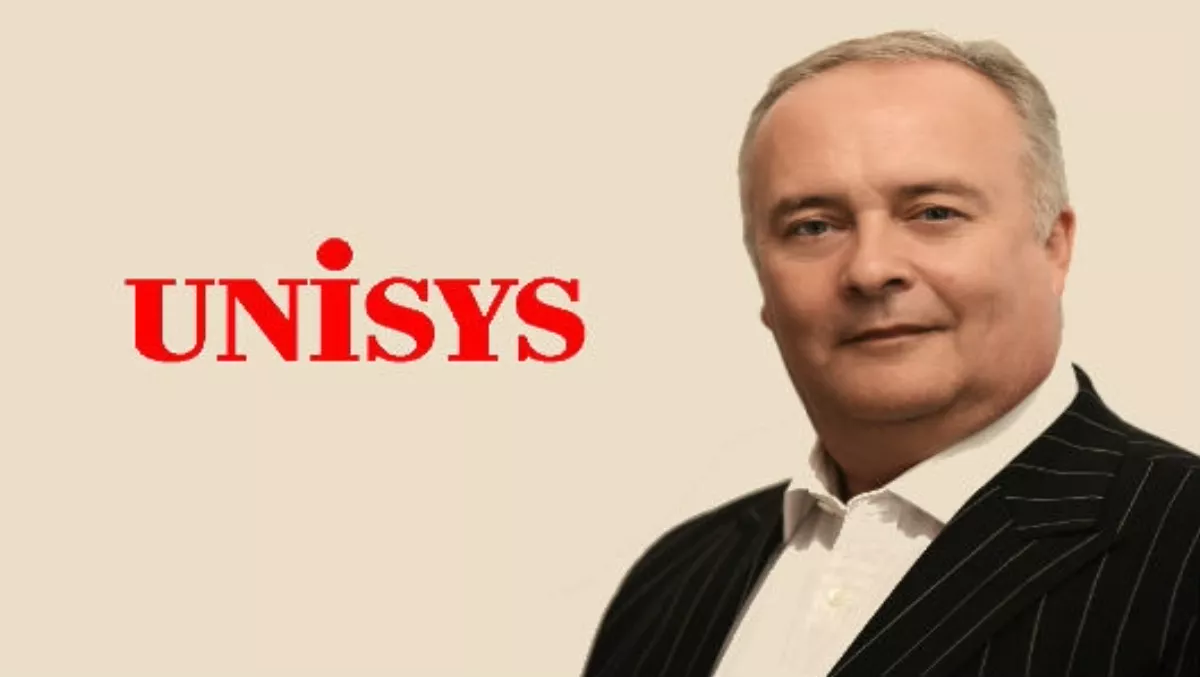
There’s probably no better application of military precision than in the field of logistics.
It was in this area that Steve Griffin, country manager of Unisys New Zealand, specialised in his ‘first career’ as a military officer with the Royal Air Force.
“After 23 years which included operational experience in the [Arabian] Gulf, I moved to EDS and its defence arm around 1999,” he recalls.
However, this particular consulting role wasn’t quite Griffin’s cup of tea; “I soon moved across to government work and really enjoyed that, working in a consultancy role translating business requirements into IT.”
He’s downplayed it, but this came as a direct result of the position into which Griffin had worked himself while in the RAF.
“I was the COO of government logistics, providing logistics consulting expertise to wider air force; I’d also completed an MBA which was very much IT-focused, so that prepared me for the jump into the private sector,” Griffin relates.
One of his immediate observations is that the issues faced by businesses wrestling with the challenge of applying ever-expanding IT capabilities were sector-neutral.
“It was the same story regardless of vertical market. Businesses were looking at how to use the best team to solve problems, they wanted to do more for less, they wanted to do it faster and reduce wastage, they wanted to speed up operations,” explains Griffin.
His career gets even more interesting; realising that in the wake of the major outsourcing contracts which were taking place in the 2000s, many companies slid into what Gartner now calls ‘the trough of disillusionment’, Griffin moved into a small consultancy that he likens to an ‘ambulance chaser’.
“We followed the big contracts, then stepped in at around 18 months when a lot of them hit major problems. The differentiator is that we focused primarily on people, and not process, to resolve these problems.”
It was, he says, a novel twist at the time.
Griffin first arrived in New Zealand some 11 years ago, first working as a client industry executive “bringing business knowledge into the equation to find IT solutions”, then running the government enterprise services business for HP, and on to Unisys.
He’s quickly developed a great love for the country, too. “I was given an opportunity to come here but didn’t know too much about the place outside of the rugby. I thought I’d give it a go for two or three years, but it’s become my new home. I love it, the opportunity it provides and there are no plans to move.”
Technology, says Griffin, is probably one of the most transversal industries of all. “It doesn’t matter what work you’re involved in, IT is part of it. It underpins everything and that’s a huge plus point,” he notes; the time for being in this business has never been better, either.
“Today, we’re dealing with tech-savvy people, especially in New Zealand, and that makes the work we do even more rewarding as great things are being achieved with data.
"People are empowered to choose their own way of working – but of course, that brings its own problems that we need to work to solve, such as security and safeguarding data.”
How, asks Griffin, could you not find such a line of work exciting? “There isn’t another sector with the same rate of development. What was just recently a competitive advantage is now a competitive necessity.”
That’s a passion that he brings to the workplace. “Work is something you do, not a place you go to. You have to enjoy the challenge and enjoy growing; you only get one life so you’d better make the most of it.”
And success, for Griffin, has a simple definition. “Happy clients. If they stay with you when there are plenty of options in the market, you’re doing it right – and at Unisys, we have a record of retention,” he explains.
A family man, Griffin is in a committed relationship and has a daughter; as a keen portrait photographer, his choice of weapon is a Leica.
“It’s a bit old school, but setting up the camera manually gives time to think about the outcome of the image. With a portrait, you want to capture the essence of a person’s character…”